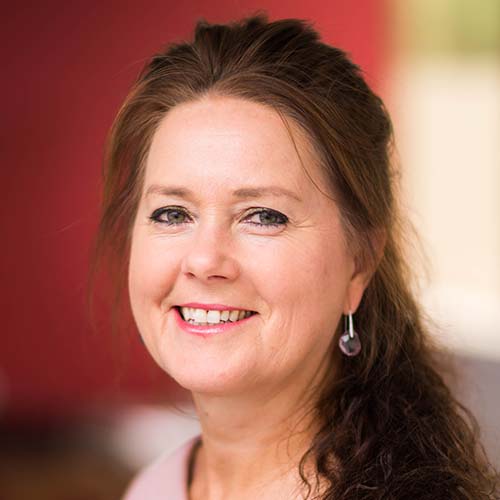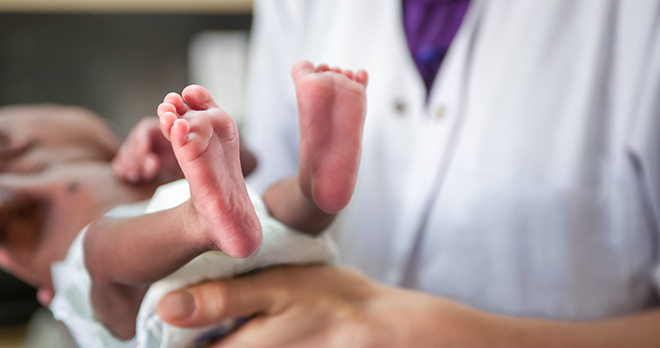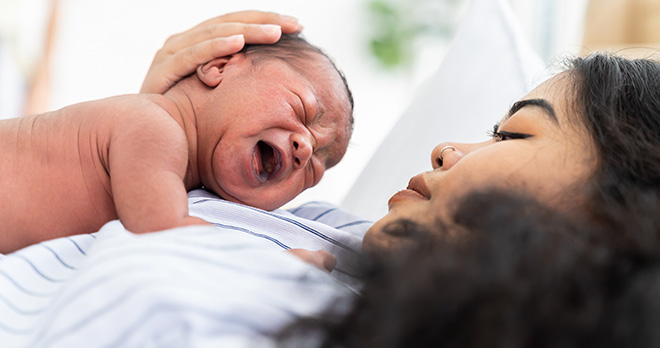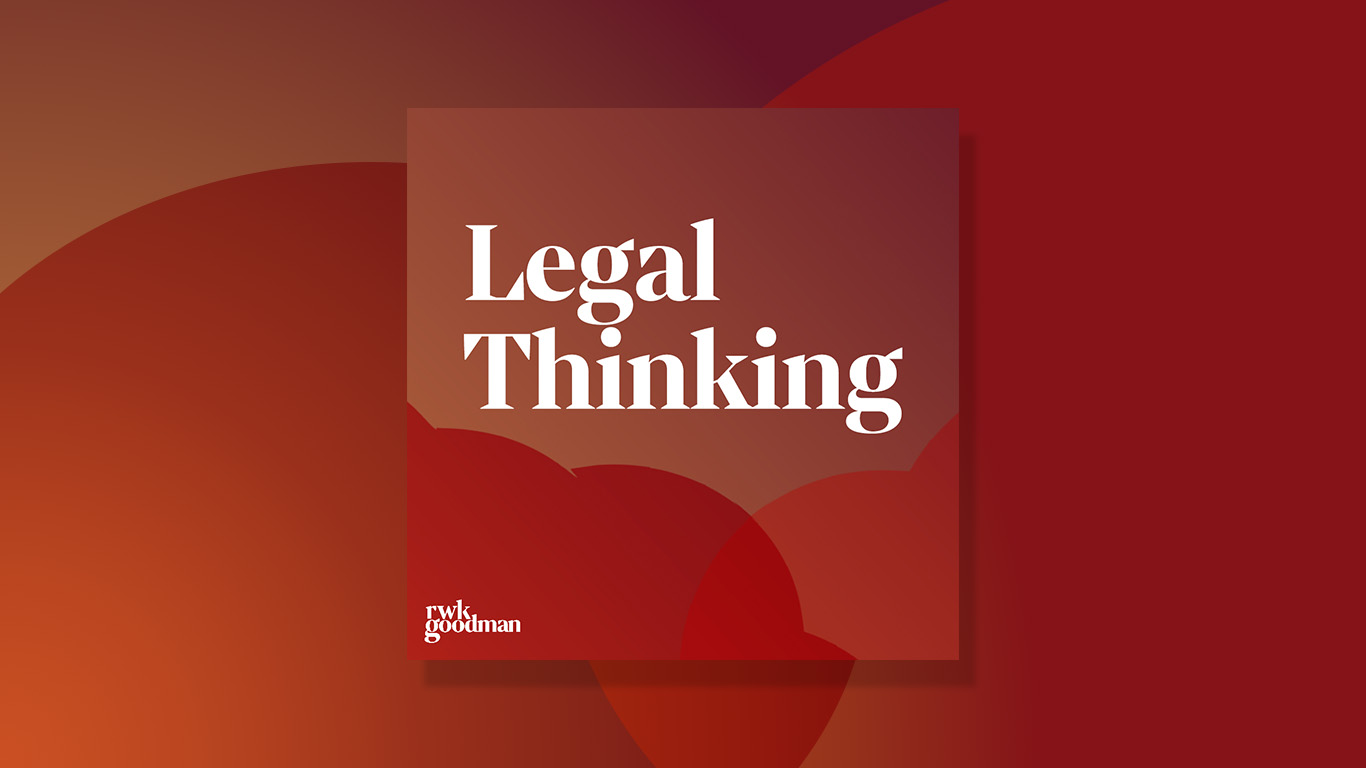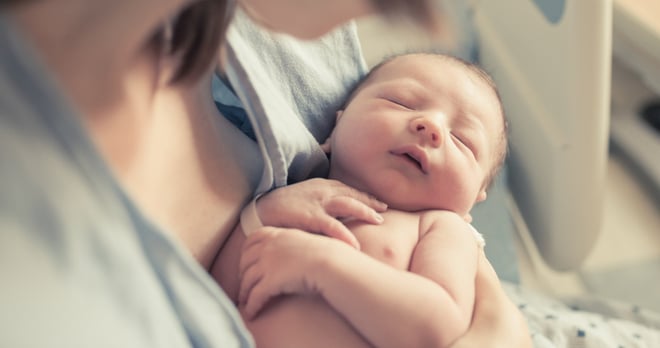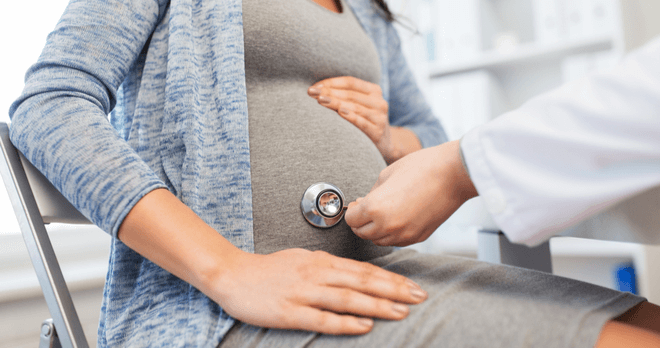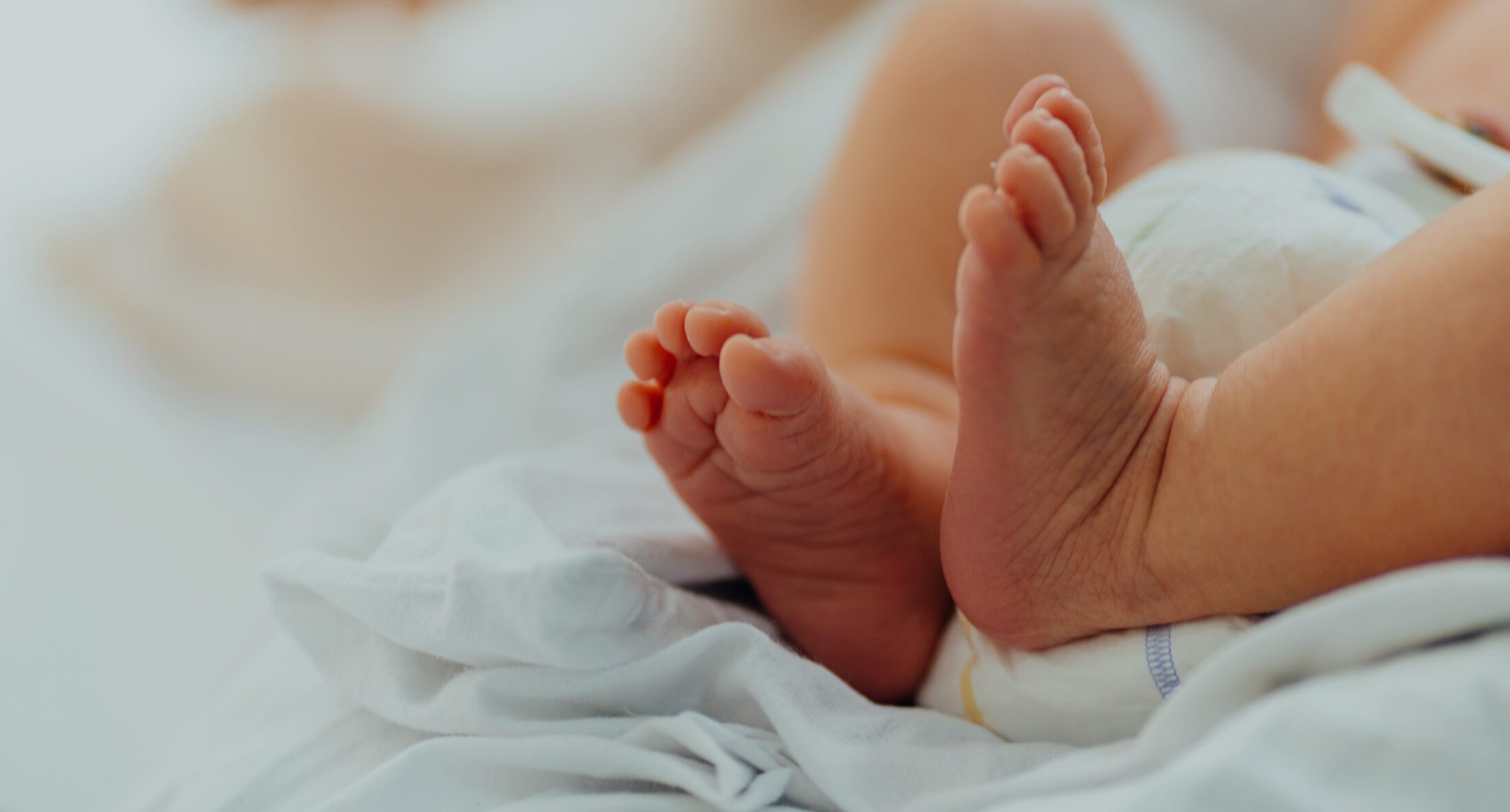

What you need to know about the Early Notification Scheme (ENS).
If you’ve received a letter about a recent maternity incident under the Early Notification Scheme, you may be unsure as to what happens next. Here we explain the essential information you need to know.
What is the ENS?
The Early Notification Scheme is designed to ascertain if the Trust should admit early liability, with the Maternity & Newborn Safety (MNSI) Investigations forming an initial triage system for the ENS.
On 1 April 2017 the NHS launched the “Early Notification Scheme” (ENS). This required NHS Hospitals to report to (now MNSI) investigators within 30 days all incidents where babies (who were born at term and following a labour) had a potential severe brain injury diagnosed within the first week of life.
These babies were categorised as those who:
- were diagnosed with grade II hypoxic ischaemic encephalopathy (HIE); or
- were therapeutically cooled (active cooling only); or
- had decreased central tone AND were comatose AND had seizures of any kind.
The intention was that, with early notification, the NHS could begin their own investigations as to what may have gone wrong at a much earlier stage.
How do the ENS investigate the maternity incident?
Put simply the ENS have their own legal team who will review each case individually. In doing so they will commission the opinion of obstetric and midwifery experts (we presume on their panel of experts) to review the medical records and the “liability risk assessment report” provided by the hospital themselves. The ENS team will instruct a firm of solicitors (who act only for Hospital Trusts) to review the evidence and provide them with a report. In theory the family should be provided with a copy of this report.
Is this investigation properly independent?
It is not the view of this firm that the investigation is properly independent because:
- the parents cannot directly participate in the investigation;
- there is a lack of transparency as to how the investigation is actually undertaken and the nature and level of detail involved. For example the quality of interviews of the medical staff involved, the potential lack of a full set of medical records being made available to the expert as examples;
- the solicitors instructed by the ENS only work for hospitals and never act on behalf of families;
- the experts instructed are selected by the ENS or the instructed solicitors and are not part of any independently assessed or approved panel. It is unlikely the medical opinions would be disclosed to the families;
- if an apology is made, it is not at all clear what advise parents are given regarding their legal options to seek full financial recompense on behalf of their child for their injuries.
What if you are told there was no fault by medical staff?
Not all reviews will result in an apology; just because there is no apology does not mean that there is no claim for negligent care.
The ENS scheme is very unlikely to investigate a case in the same way Claimant lawyers would and in particular, if there is any issue regarding the potential cause of the brain injury then they are likely to come to a negative conclusion.
We would strongly recommend in the event that a conclusion of no fault is returned by the ENS that you seek a second opinion by instructing a specialist clinical negligence solicitor to review the evidence. It may well be that alternative medical experts will form a very different conclusion.
What are the key themes which have come out of ENS investigations?
There have been some common threads in terms of failures identified by the ENS Scheme, these include:
- failures to adequately respond to warning signs from the fetal monitors (the CTG belt around the mother’s stomach during labour). There were failures to realise the trace of the baby’s heart rate was pathological, that is demonstrated that the baby was in extreme distress (due to lack of oxygen) and required urgent delivery;
- difficulties in caesarean sections with delivery of the baby’s head because it has become impacted against the mother’s pubic bone during labour;
- failure to respond to a mother who is critically unwell in labour;
- failures to promptly and properly undertake resuscitation of a newborn who is delivered in a critical condition.
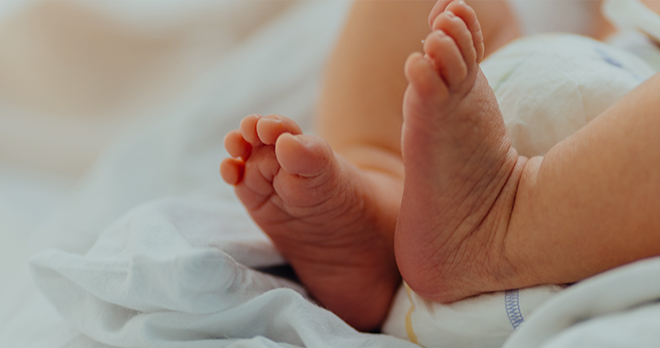
Should you seek your own legal advice?
We would strongly recommend in the event that a conclusion of no fault is returned by the ENS that you seek a second opinion by instructing a specialist clinical negligence solicitor to review the evidence. It may well be that alternative medical experts will form a very different conclusion.
Have more questions about the ENS process?
If you have questions about the ENS process and your legal rights, our expert solicitors are here to help.
If you have questions about the ENS process and your legal rights, our expert solicitors are here to help.




